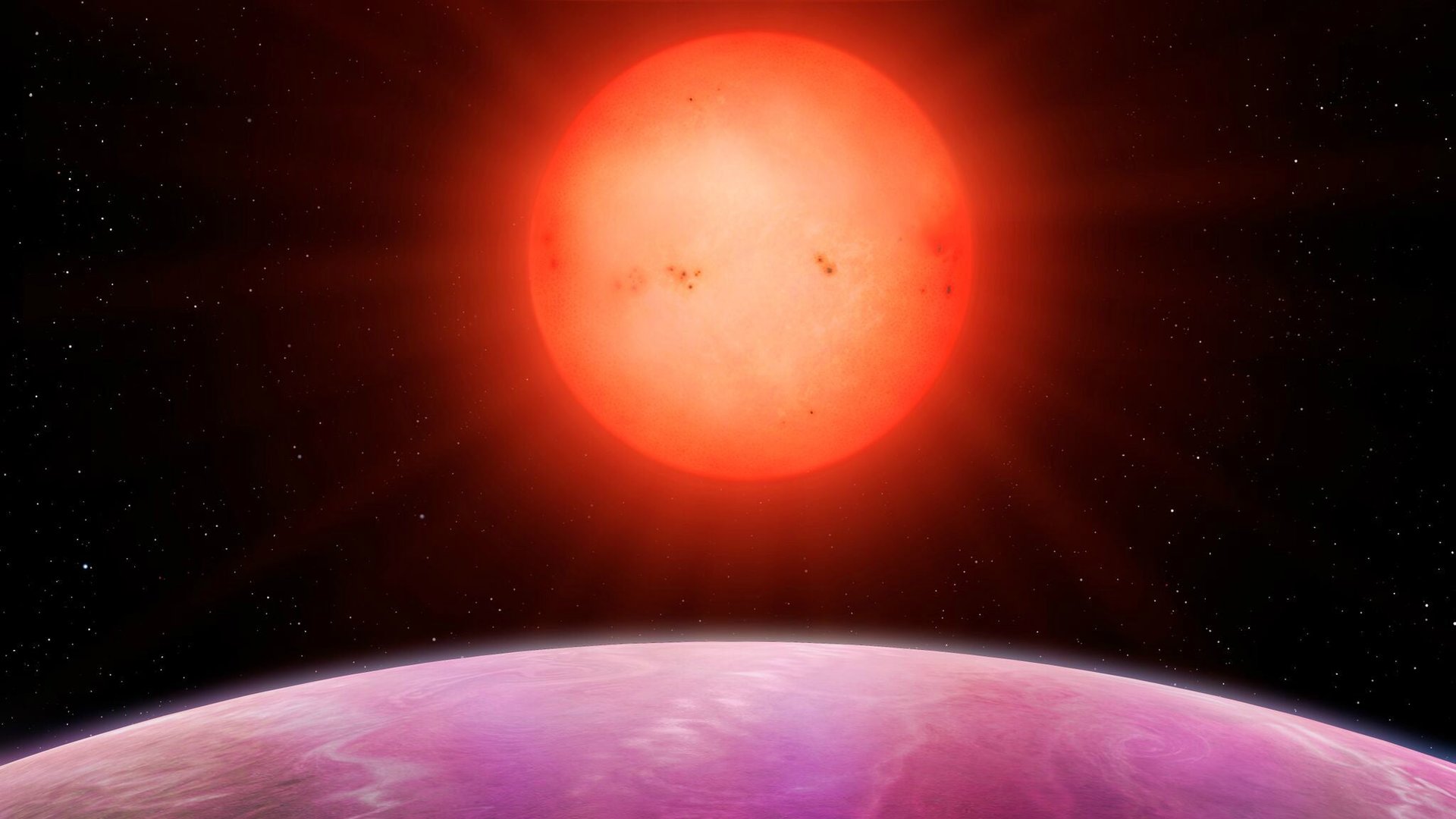Scientists are scratching their heads after finding a massive planet orbiting a small star
Are our theories of how planets form all wrong? Some astronomers are wondering after discovering a “monster of a planet” planet orbiting an unusually small star.


Are our theories of how planets form all wrong? Some astronomers are wondering after discovering a “monster of a planet” planet orbiting an unusually small star.
The planet, named NGTS-1b, is about the size of Jupiter and, like Jupiter, is mainly made of gas. The star it orbits, called NGTS-1, is about half the radius of Earth’s sun, making it only an estimated three to five times (pdf, p. 8) bigger than the planet.
That’s the smallest size ratio astronomers have ever seen. It’s odd because, according to existing theories, “small stars can readily form rocky planets but do not gather enough material together to form Jupiter-sized planets,” a press release from the University of Warwick reads.
Astronomers have identified some 3,700 planets orbiting other stars using a variety of telescopes and methods. This new discovery is the first to come from the Next Generation Transit Survey (NGTS), a project based at a telescope in Chile that’s designed to hunt for small to middling planets, up to about the size of Neptune. They do so using an array of 12 small robotic telescopes which look out for “transits”—dips in a star’s brightness as its planets pass in front of it.
The discovery was made using a special camera that’s sensitive to red light, good at picking up small, dim stars that tend to be reddish in color. What caught the scientists’ attention with NGTS-1 was its light occasionally seemed to wink out entirely. They realized that was because the massive planet was blocking its light every 2.6 Earth days, the time it takes for it to make a full rotation around the star.
If the existing theories of planet formation are right, NGTS-1b should be a rare outlier. But pairings of big planets with small stars might be more common than previously thought, just because stars that small are hard to spot. With tools like the NGTS, scientists should be able to find more such stars and work out whether the theories in fact need rethinking. “Our challenge is to now find out how common these types of planets are in the galaxy,” the lead researcher, Daniel Bayliss, says in the press release.